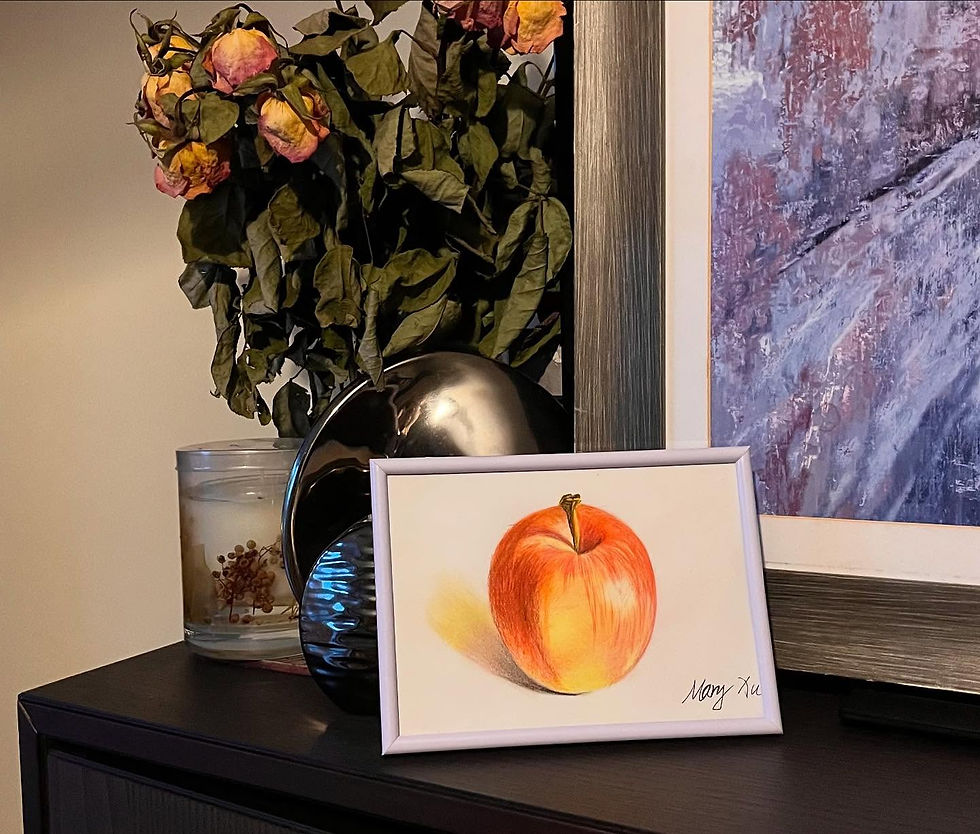Unveiling Unique Creative Design Features
- zdesmktg
- May 27
- 3 min read
In today’s design world, creativity lies at the heart of every successful project. Whether it’s graphic design, product design, or interior design, unique creative features can make a project stand out. This article explores some distinctive design innovations and provides practical examples to help you incorporate these elements into your work.
What Are Unique Creative Design Features?
These features go beyond mere visual appeal — they enhance user experience and improve functionality. They can take many forms, from the use of unconventional materials to the integration of innovative technologies.
Innovative Use of Materials
Material choice is vital in design. Using unusual or unexpected materials can create striking visual effects and distinctive tactile experiences. For example, many designers are now using recycled materials to make furniture and decorative items. This approach is not only environmentally friendly but also appeals to consumers who value sustainability.
One notable example is the use of recycled plastic bottles to manufacture stylish chairs. These designs are not only aesthetically pleasing but also provoke thought about environmental responsibility, contributing positively to corporate social responsibility goals.
Eco-Conscious Design
With growing awareness of environmental issues, an increasing number of designers are embracing eco-friendly principles. Sustainable materials and responsible production methods are now central to many design processes. As a result, eco-conscious design has emerged as a significant market trend, attracting both ethical consumers and environmentally responsible brands.
Integration of Smart Technology
As technology continues to evolve, innovative features have become essential in modern design. Many products now incorporate intelligent systems to enhance convenience and usability. For instance, brilliant furniture can be controlled via mobile apps, enabling users to manage their environment remotely. Even fashion items now offer customisation through app-connected cameras.
A prime example is the bright light bulb, which can adjust brightness and colour and even respond to daily habits. This not only enhances the user experience but also promotes energy efficiency.
Multi-Functional Design
Multi-functionality is another hallmark of innovative design. This concept involves combining several functions into a single product to save space and resources. For example, a sofa that transforms into a bed is ideal for those living in compact apartments.
Such designs enhance practicality while appealing to consumers who value efficient space utilisation. Designers often develop multi-functional products by deeply understanding user needs and lifestyles.
Minimalism with Depth
The minimalist design remains a popular aesthetic, emphasising simplicity and functionality. Yet minimalism doesn't mean a lack of creativity. Many designers use clean lines and understated forms to highlight the uniqueness of their products. For instance, some electronic devices may appear simple in form but are packed with advanced features.
This design style appeals to consumers who favour fresh, modern aesthetics. The essence of minimalism lies in achieving a balance between visual elegance and functionality.
Cultural Inspiration in Design
Incorporating cultural elements can enrich a product’s appeal. Many designers draw from their cultural backgrounds to create original works. For example, traditional patterns and colours are often integrated into furniture design, resonating emotionally with audiences.
This approach not only attracts consumers interested in specific cultural narratives but also boosts competitiveness in the global market. Designers should consider cultural diversity and inclusivity during the creative process.
Interactive Design
Interactivity is a key trend in contemporary design. This concept focuses on the user’s engagement with the product. Many modern products now feature touchscreens or other interactive elements, enabling more intuitive operation. For example, kitchen appliances equipped with touch panels would allow users to adjust settings with simple gestures.
User-Centred Design
User-centred design places emphasis on understanding user needs and expectations. It requires designers to incorporate user feedback and insights throughout the creative process. Many successful products are built around what users genuinely want.
For instance, some smartphones are specifically designed to cater to different age groups, enhancing their appeal across a broad audience. Designers should always prioritise the end user in their work.
The Future of Design
Unique creative design features not only enhance a product’s appeal but also improve user experience. With the advancement of technology and growing environmental awareness, the future of design will be increasingly diverse and innovative. Designers must continue to explore new materials, techniques, and concepts to create compelling and functional products.
In a rapidly changing world, continuous innovation is the key to success. Whether you are a designer or a consumer, understanding these creative design features can help you stand out in the ever-evolving design landscape.

Glamour fonts are fantastic for adding a luxurious, elegant touch to designs. I used glamour fonts on a beauty brand’s social media graphics, and it immediately elevated the look. These fonts are perfect for invitations, logos, posters, or any project that needs to feel stylish and upscale. I love how they combine sophistication with readability, making your designs look professional without extra effort. If you want to add a touch of glamour to your work, these fonts are definitely worth trying.